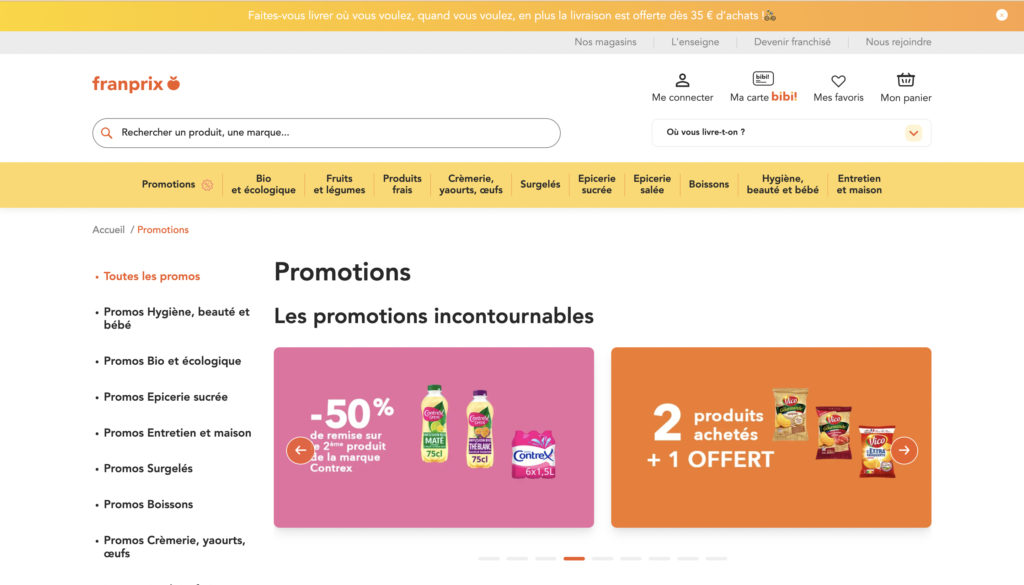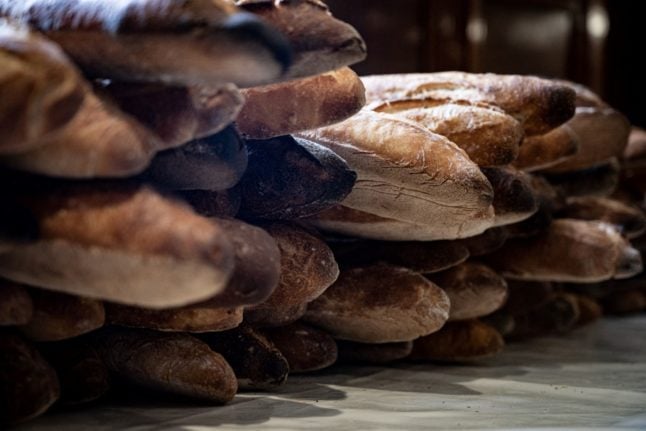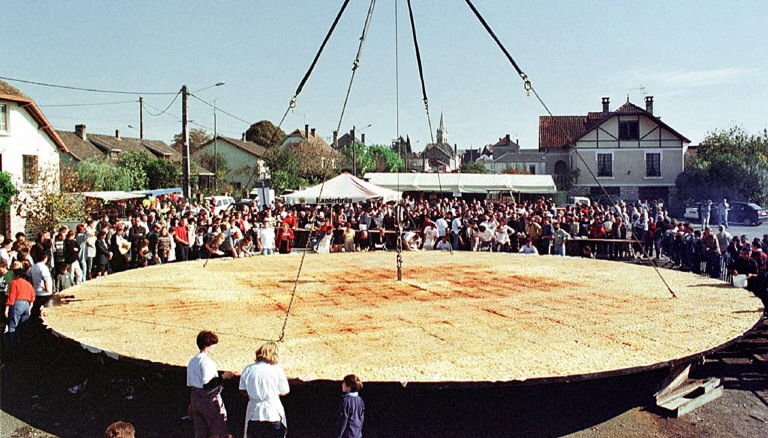With inflation ticking upward, we’ve seen prices rise, especially for things like fresh vegetables, meat, pasta, cooking oil, and even eggs. Even though inflation is affecting food prices less than energy prices, buying groceries is still a huge part of every household’s budget, and unfortunately things are set to keep getting more pricey.
We’ve put together a list of a few ways you can save a few euro at the supermarket:
Figure out if you qualify for any government benefits
First things first, it is worth seeing whether you can qualify for any existing government assistance, like CAF. On top of this, the French government will be providing low-income households with several one-off grants, known as a chèque energie, to help cover rising costs.
The next chèque energie will be paid at the end of 2022 at a rate of between €100 and €200 depending on income level – this will apply to around 12 million households (around four in 10).
Despite its name, the energy cheque is in fact a cash payment that goes directly into the bank accounts of those who qualify.
READ MORE: EXPLAINED: How to receive CAF payments in France
Compare store prices
Unfortunately, going to the closest supermarket is not always the most economical solution. If you prioritise grocery stores on the lower end of the price spectrum (and you’re willing to walk a bit further) you can save a lot of money. A helpful tool to find the cheapest store near you is the “Que Choisir” online interactive map (click here) that has listed 4,000 affordable stores in mainland France.
Discount grocery stores, like Lidl and Aldi, are great options for saving a little extra at checkout. But if you must go to a pricier chain, like Monoprix for instance, try to buy Monoprix brand items – they’re typically a little less expensive than name brand foods.
Plan ahead to make the most out of discounts
If you go online ahead of heading to the grocery store, you can see which items will be discounted (“promotion”). If you cannot find this information online, you can always go to the store and ask for a catalogue of that week’s sales items.
Normally, this is something the cashier should have access to. With these discounts in mind, you can construct more affordable recipes.

Also, if you’re looking for cheaper recipes in general, you can always go to blogs and online recipe sites specialised in frugal shopping. If you want to try some French specific sites, you can test out “https://www.marmiton.org/” or “https://1repas1euro.com/recettes/”
When it comes to discounts though, be careful about conditions involved (particularly when it comes to loyalty cards).
Sometimes these promotions promise a lot, but actually getting your money back might not be as simple as slashing a few cents at the checkout – you might need to send the coupon somewhere to get the discount, or wait for points to accumulate on your card.
That being said, you can optimise your discounts using several online sites that allow you to combine your loyalty cards (Fidme, Fidall, and Stocard). Other online coupon sites include Groupon, which allows you to make grouped purchases (therefore cheaper), and Coupon Network and Shopmium, which help you benefit from existing discounts. For cashback plans, you can look to websites such as Shopmium, iGraal, FidMarques and Quoty, which allow you to be reimbursed for a part of your expenses.
Make a list, set a budget… and stick to it
It might seem obvious, but when you go into the store, try to resist temptation. The best way to do this is to keep track (in real time) how much you are spending.
Some stores make this easier by allowing you to carry around a ‘self-scanner,’ this will help you to watch your bill go up as you shop. Another tip for this is to withdraw the exact amount of cash you expect to need for the essentials of your trip – obviously in order to do this, you’ll need to know the base prices of your essential items, so it will require a bit of planning ahead.
Buy (then freeze) soon-to-expire products
A consumer’s best friend and sure-fire way to decrease waste! Items coming up on their use-by-date tend to be discounted, so if you plan to purchase these foods and then immediately freeze them, you can significantly extend their shelf life.
Lots of supermarkets make this easier for you by dedicating entire shelves to “short shelf life” items that, according to Elodie Toustou, the head of the “Money” section of the magazine 60 Millions de consommateurs, opting for these foods will allow you to “pay three to four times less.”
Another great way to do this is to use applications like “Phénix” and “Too Good to Go.” These applications will allow you to set your geographic parameter and then click on food stores, restaurants, and bakeries in your area that are getting rid of “panniers” (sacks) of soon-to-be-expired foods. Lots of times these panniers cost only a couple euros.
The trick here is to plan ahead by arriving at the start of the allotted time (if the boulangerie on your corner is offering “Too Good To Go” bags from 11am to 2pm, try to get there as close to 11am as possible for the best items).
Re-consider markets and farmer’s stores
Contrary to popular belief, buying from farmers’ markets and grocers that sell predominantly local products actually can save you money, particularly if you are buying the seasonally relevant fruits and vegetables. Buying directly from a producer can also allow you to eliminate the margin taken by intermediaries. But be careful, this rule is not true all the time.
One way to benefit from cheaper prices at markets is to arrive as late as possible, when the merchants have started to pack up their products. This might allow you to benefit from lower prices or even free items, as they’ll be hoping to get rid of their remaining items.
Know what items are most impacted by inflation
Finally, as inflation continues to increase, try your best to monitor which foods are most impacted. If possible, it might be worth removing or limiting them from your diet – or looking for more affordable alternatives.
[Observatoire #Inflation] 🛒🔥 Pâtes, huiles végétales, café torréfié… les #prix des aliments de base flambent et font exploser le montant de vos courses. Vous confirmez ?
👉 https://t.co/pNv4SufzvG#pouvoirdachat #alimentation @NielsenIQFrance pic.twitter.com/Ihc9ghs8uP— 60 Millions de consommateurs (@60millions) May 11, 2022




 Please whitelist us to continue reading.
Please whitelist us to continue reading.
Member comments